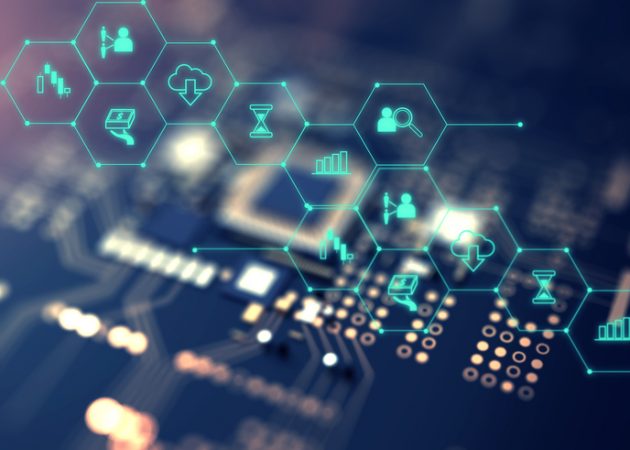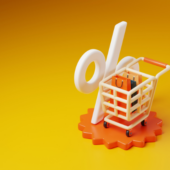
Understanding Blockchain Technology
Block what?
Blockchain technology. Get used to this phrase, because it sits before us all on the technology curve. It’s so new that while typing this blog, spellcheck is declaring “blockchain” a typo. Spellcheck notwithstanding, blockchain technology will likely be one of the most influential technology changes for generations to come.
When you vote, have you ever wondered whether your ballot is actually counted? When you meet someone online, how do you know who they really are? When you buy an autographed baseball, what makes you so certain of its authenticity? To be certain about any of these questions, ideally you would need a system where ongoing verification would take place in real time, where records could be stored, facts verified, and security guaranteed. Nobody could cheat such a system by altering records, because everyone using this system would be watching. Welcome to blockchain. Blockchain makes this system real, and it’s currently being used.
You may have heard of blockchain’s first glocal success: a form of digital cash called Bitcoin, which allows you to send anyone cash, even a complete stranger. Bitcoin is much different than credit cards, PayPal, or other ways to digitally send money, because there is no bank or financial “middleman” involved. Instead, people (or “verifiers”) from all over the world help move (or verify) the digital money by validating other Bitcoin transactions with their personal computers, earning a small fee in the process. Bitcoin uses blockchain by tracking records of ownership over the digital cash, so only one person can be the owner at a time and the cash can’t be spent twice, like counterfeit money in the physical world can.
Blockchains store information across a global network of computers, which makes them distributed and more important, decentralized. This means no single individual or company owns the system, but everyone can contribute to running it. This is crucial, because it means it’s almost impossible for any single user to take down the network or corrupt it. Those who run the system use their computers to hold several records submitted by others, known as “blocks”, which are in a chronological chain. The blockchain uses a form of math called cryptography to ensure that records can’t be counterfeited or changed by anyone else, similar to encryption technology.
Bitcoin is only the beginning. As this technology advances, blockchains that manage and verify online data could enable us to make digital transactions more secure, or create algorithms to make self-driving cars safer, help us protect our online identities, and even track the billions of devices on the Internet of Things. This technology will change our future and how we interact with each other and digital technology – and this is all just the beginning.



